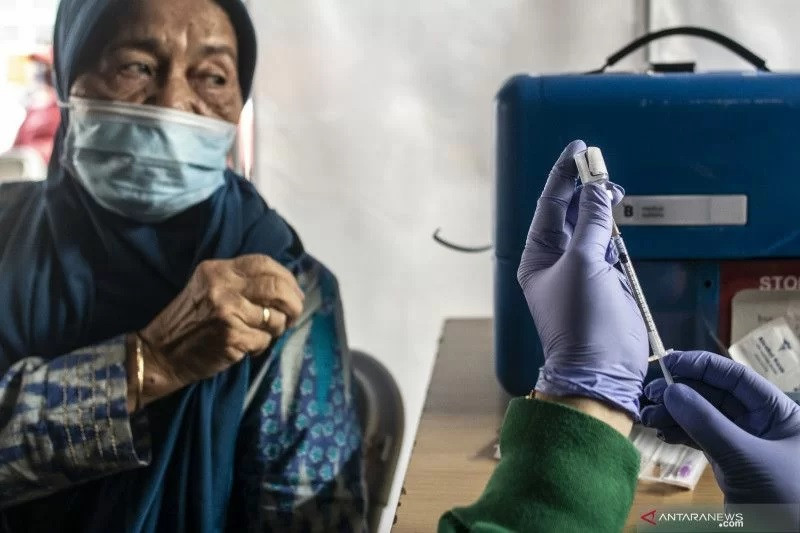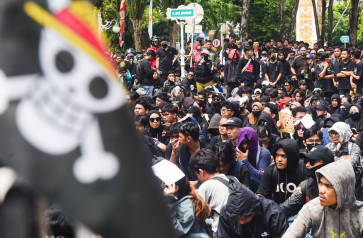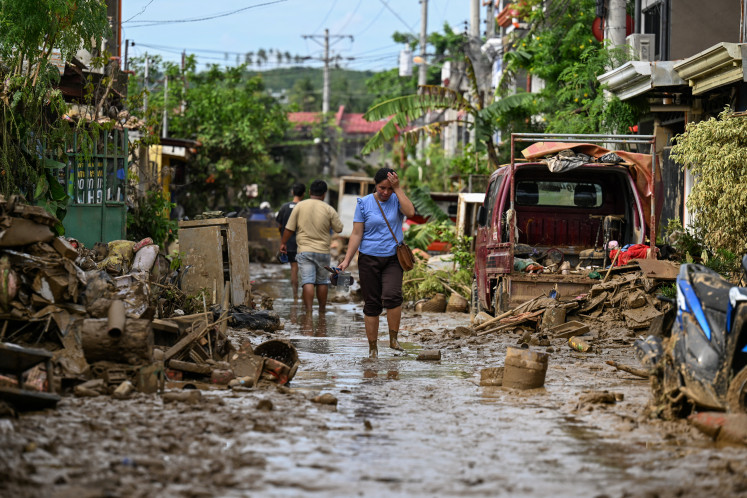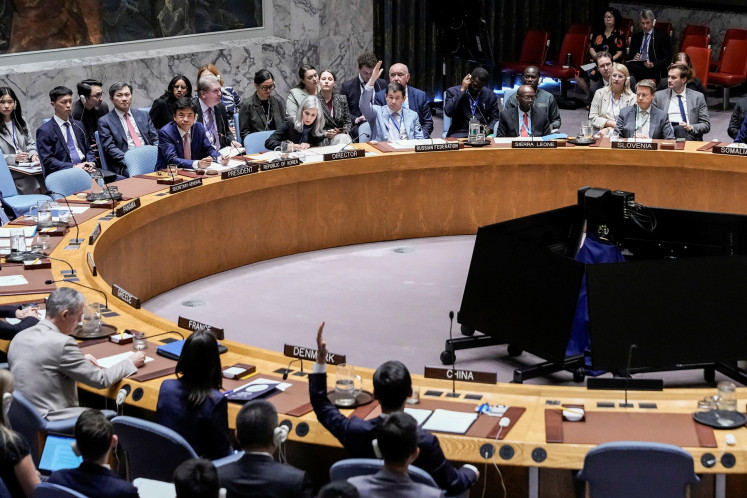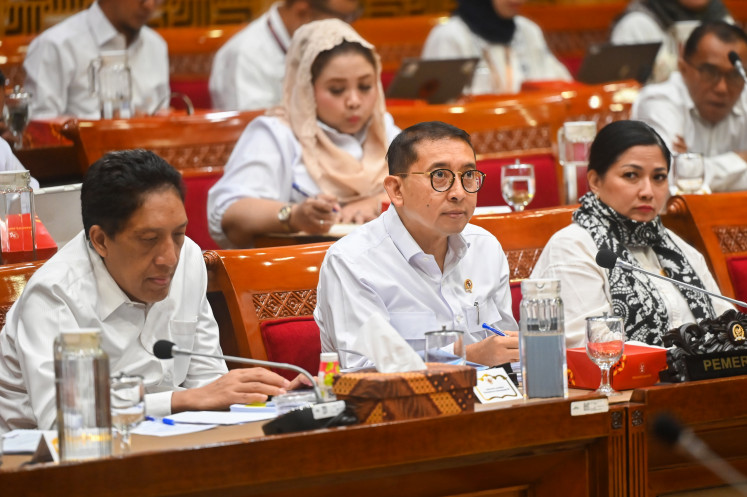Popular Reads
Top Results
Can't find what you're looking for?
View all search resultsPopular Reads
Top Results
Can't find what you're looking for?
View all search resultsProtecting public health
With no easy way to identify Omicron and Delta patients, the decision to send people to hospital should be based on whether they develop severe symptoms, a distinction that could involve the difference between life and death.
Change text size
Gift Premium Articles
to Anyone
J
akarta, where people’s mobility is high, remains the epicenter of the pandemic and it has seen its hospital occupancy rate for COVID-19 patients rise, albeit mostly for asymptomatic or mild patients, reportedly because of the rapid transmission of the Omicron variant.
In the past few days, the capital city reported twice the national bed occupancy rate, which has averaged 25 percent ever since the highly infectious but less deadly Omicron began spreading. This happened despite calls from Governor Anies Baswedan, who said that most of the patients did not actually require hospitalization.
Nationwide, daily new cases have also increased to above 30,000 this week. The daily death rate since the first Omicron case was discovered, however, has remained low as against the mortality level during the Delta-fueled second wave last year. Still the record high 100 deaths on Thursday should give us cause for concern.
The Health Ministry has found that most deaths from Omicron occurred among either elderly people or those with comorbidities.
Compared with the Delta strain, Omicron is less lethal, which is why the government has repeatedly urged patients infected by the strain to self-isolate at home or go to isolation centers, especially if they display mild or no symptoms, and use the government-sponsored free telemedicine services.
We have learned from the first and second waves of the coronavirus outbreak, which stretched our public health system to the limit. Many frontline health workers died while treating so many patients.
In the beginning of the second wave of the pandemic last year, the government suggested home isolation when the surge of infections overwhelmed hospitals across the country. But this approach somehow backfired, with independent data initiative LaporCOVID-19 reporting that at least 3,015 patients died in self-isolation or while awaiting emergency care.
Experts attributed the deaths to a lack of monitoring by health professionals, saying that providing free medication and telemedicine services to patients in home isolation without constant monitoring did not prevent deaths. The scarcity of resources to treat patients at home, including medicines, vitamins and oxygen supplies, also contributed to the problem.
In the wake of the third wave, the government needs to improve the home-isolation strategy by, among other measures, intensifying the role of local community health centers and neighborhood units (RT) in assisting patients in home isolation.
With no easy way to identify Omicron and Delta patients, the decision to send people to hospital should be based on whether they develop severe symptoms, a distinction that could involve the difference between life and death. This would mean that people testing positive for COVID-19 should check themselves for any symptoms they are showing.
Whether or not Omicron paves the way for an end to the pandemic, we must firmly adjust our approach to managing Omicron infections.
To substantially improve our defense against COVID-19, a mass vaccination program must continue and cover the targeted groups. Some 90 percent of 208 million target recipients have received the first dose, and around 65 percent have been fully vaccinated, while only 3 percent have received booster shots. It must be noted, however, that half of the elderly population, the group most vulnerable to COVID-19, has not been fully vaccinated.
Anyway, our strict adherence to the health protocols will protect hospitals from another paralysis, and get us through the third wave.

